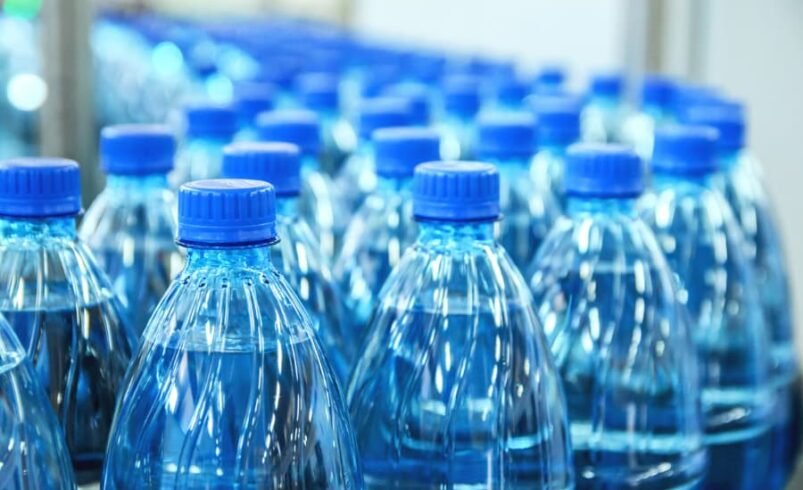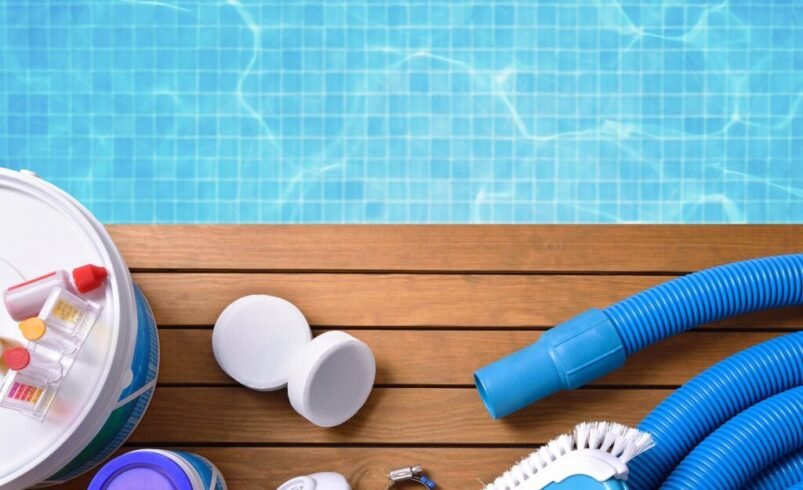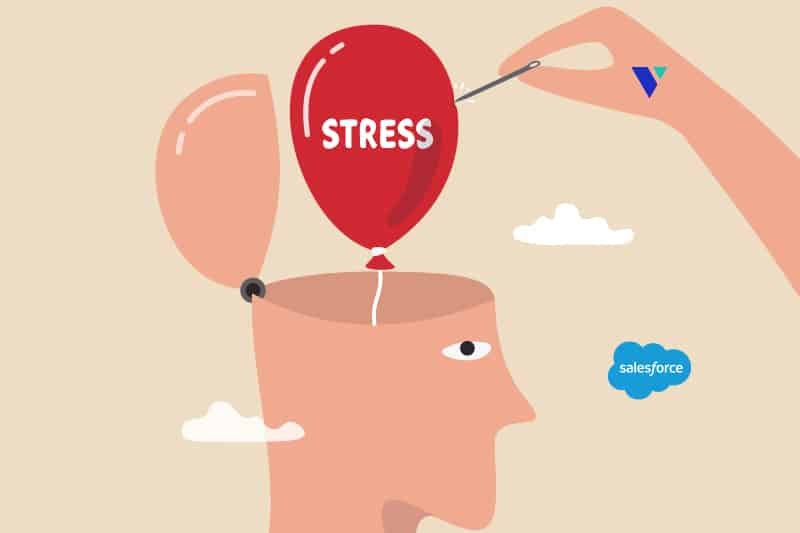The Environmental Impact of Bottled Water and How to Avoid It

Bottled water has become a staple of modern convenience, but its environmental impact is far from negligible. As awareness of sustainability grows, many people are reconsidering their consumption habits and seeking alternatives. One practical and sustainable solution is using a water bottle station to reduce reliance on bottled water. In this article, we’ll explore the environmental consequences of bottled water and provide practical tips to minimize your impact.
The Problem with Bottled Water: An Overview
Despite its convenience, bottled water poses a significant threat to the environment. The global demand for bottled water has surged in recent decades, resulting in millions of plastic bottles being produced and discarded every day. While some may argue that bottled water is a healthier or more convenient option, the environmental cost is undeniable.
The Scale of the Problem
According to estimates, more than a million plastic bottles are purchased every minute worldwide. Most of these bottles end up in landfills, oceans, or incinerators, where they take hundreds of years to decompose. Even when recycled, the process itself consumes energy and can still lead to pollution.
Carbon Footprint of Bottled Water
The production, transportation, and disposal of bottled water generate a considerable carbon footprint. The manufacturing of plastic bottles requires petroleum-based materials, and the bottling process involves significant energy consumption. Transporting bottled water, especially over long distances, adds to greenhouse gas emissions.
Microplastics in Bottled Water
Another concerning issue is the presence of microplastics in bottled water. Studies have found that bottled water often contains tiny plastic particles, posing potential health risks when ingested. These microplastics can also enter ecosystems when bottles are improperly disposed of, affecting wildlife and food chains.
The Lifecycle of a Plastic Bottle
To truly understand the impact of bottled water, it’s important to consider the entire lifecycle of a plastic bottle:
1. Production
The first stage involves extracting and processing raw materials, typically petroleum or natural gas, to create plastic. This process releases greenhouse gases and consumes vast amounts of energy.
2. Distribution
After production, bottled water is transported from manufacturing plants to retail locations, often covering long distances. This transportation requires fossil fuels, adding to the overall carbon footprint.
3. Consumption
Once purchased, bottled water is consumed, but the bottle itself remains. In many cases, these bottles are used just once before being discarded.
4. Disposal
Improper disposal is a major issue. Only a fraction of plastic bottles are recycled, with many ending up in landfills or the ocean, where they break down into microplastics over centuries.
Health and Safety Concerns
Aside from environmental issues, bottled water is not necessarily safer or healthier than tap water. In fact, many bottled water brands source their product from municipal supplies, essentially selling filtered tap water at a premium.
Contaminant Risks
Some studies have shown that bottled water can contain contaminants, including chemicals from the plastic itself, which can leach into the water under certain conditions, especially when bottles are exposed to heat.
Regulation and Quality Control
Bottled water regulations vary by country, and in some cases, tap water is more strictly regulated than bottled water. This raises questions about quality assurance and whether bottled water truly offers a safer alternative.
Sustainable Alternatives to Bottled Water
Reducing bottled water consumption requires practical alternatives that are accessible and effective. Here are some of the most viable options:
1. Water Bottle Stations
Installing a water bottle station at public events, parks, or workplaces encourages people to refill reusable bottles rather than purchase single-use plastic ones. These stations are cost-effective and promote sustainable practices.
2. Reusable Water Bottles
Investing in a durable, BPA-free water bottle significantly reduces plastic waste. These bottles are easy to carry and can be filled at water bottle stations or at home.
3. Home Filtration Systems
For those concerned about tap water quality, installing a filtration system at home can provide clean, safe drinking water without the need for bottled alternatives.
4. Community Education
Raising awareness about the environmental impact of bottled water can inspire more people to make sustainable choices. Educational campaigns can highlight the benefits of water bottle stations and reusable options.
Real-World Success Stories
Communities and organizations around the world are making strides in reducing bottled water consumption. For example:
- University Initiatives: Many campuses have installed water bottle stations to encourage students to refill rather than buy bottled water.
- Event Planning: Large public events now increasingly feature water bottle stations to reduce waste.
- Corporate Responsibility: Some companies are eliminating bottled water in the workplace, opting instead for filtered water dispensers.
How You Can Make a Difference
Changing personal habits can have a significant impact. Here are a few steps you can take to reduce bottled water use:
- Carry a Reusable Bottle: Make it a habit to bring your own bottle wherever you go.
- Choose Water Bottle Stations: When available, opt for refilling instead of buying.
- Advocate for Change: Support local initiatives that promote sustainable water practices.
Bottled water may offer convenience, but the environmental cost is far too high to ignore. By embracing sustainable alternatives like water bottle stations, we can collectively reduce plastic waste and minimize our ecological footprint.




